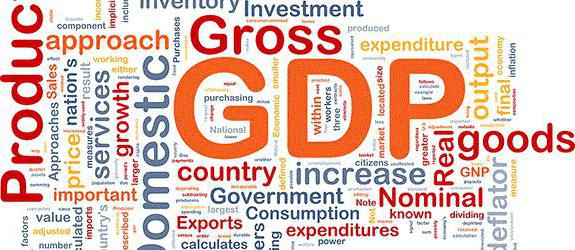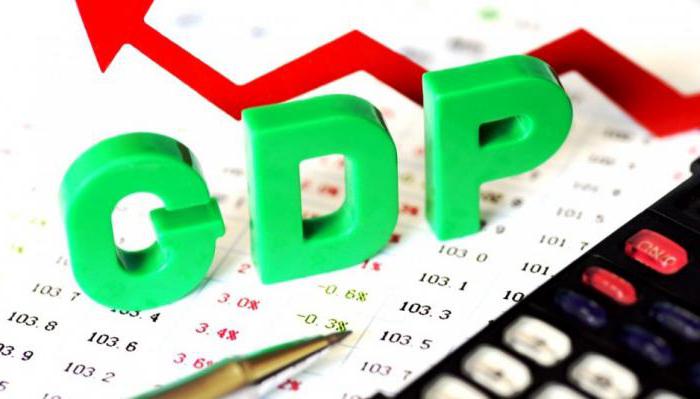The economic theories that favor purchasing power parity (PPP) are based on the assumption that in the long run the two currencies are set on the basis of the consumer basket. This concept helps to more objectively compare various indicators of national economies. For example, suppose that two states produce the same volume of goods and services in value terms. It would seem that their gross domestic product should be the same. However, due to fluctuations in the exchange rate between the two national monetary units, the real GDP indicators of states can differ dramatically. Therefore, purchasing power parity assessment is more objective.

Basic concept
The idea of measuring purchasing power parity was first conceived at the Salamanca school in the 16th century. Gustav Kassel developed it to its modern appearance in 1918. The concept is based on the law of a single price, the latter being established in the absence of transaction costs and official trade barriers. In this case, the value of the goods will not depend on the place of sale. The price will be the same if it is expressed in the same monetary unit. However, in international statistics we are interested in comparing the national indicators of different countries, each of which has its own currency in circulation. GDP at purchasing power parity allows a more objective look at the level of national production.
The international dollar is a conventional monetary unit, which is used when comparing the macroeconomic indicators of different states. It is calculated based on the purchasing power of the US currency in the period under review. It is currently used in the statistical reports of leading international organizations (IMF, World Bank). For example, per capita GDP in India is about $ 1,704. But such a number is obtained only if the nominal exchange rate is used in the calculation. GDP per capita in India at purchasing power parity is two times higher - 3608 US dollars. The reverse situation is also possible. Denmark's nominal GDP per capita is 62,100 US dollars, the same indicator for purchasing power parity is only 37,304.

Functions
Purchasing power parity means that under certain circumstances (for example, in the long run), the purchase of a consumer basket will cost the same amount of money, regardless of whether it was made directly into dollars or if they were previously converted to euros. This concept has two main functions. First, parity exchange rates can be useful for comparing national economies (GDP and GNP at PPP). They are quite constant, and practically do not change in the short term. Secondly, real exchange rates tend to come closer to parity. Therefore, the latter are used for all kinds of forecasts for the long term.

Measurement methodology
There are many controversies surrounding the calculation of parity exchange rates. This is due to finding the right consumer basket. How to determine what goods and services should be included in it? The problem is not only the difference in price levels, but also the very set of products necessary for residents. And it is very difficult to take into account. Americans eat more bread, and Chinese eat rice. Therefore, purchasing power parity will differ depending on which state to choose as the base. But what if we have two hundred states?
Therefore, there are several basic sets that are used for different purposes. Their variety is, for example, the Big Mac index. This is an unofficial way to determine purchasing power parity, which has become popular thanks to The Economist magazine. The Big Mac index is quite simple to calculate, because it uses only one parameter - the price of this burger at McDonald's. However, it must be understood that in its manufacture basic agricultural products are used (meat, bread, greens, tea), labor of various qualifications, advertising, premises are rented, goods are transported. Therefore, the Big Mac index can be called a fairly reliable indicator.

GDP of the world at purchasing power parity
According to the IMF, the list in descending order is as follows (all indicators are expressed in international dollars):
- China - 18,088,054.
- USA - 17 348 075.
- India -7,411,093.
- Japan - 4,767,167.
- Germany - 3,748,094.
- Russia - 3,576,841.
- Brazil - 3,275,799.
- Indonesia - 2 685 893.
- France - 2 591 170.
- Great Britain - 2,569,218.
Use in calculating GDP per capita
Often, economic studies use non-general indicators of gross domestic product. Two states with the same GDP will differ significantly in terms of their development, if the population of the first is 30 million people, and the second is more than a billion. GDP per capita at purchasing power parity allows you to compare the general differences in living standards in different countries. According to the IMF, the list of ten leading economies for this indicator is as follows (all numbers in international US dollars):
- Qatar - 137 162.
- Luxembourg - 97 639
- Singapore - 83,066.
- Brunei - 79,890.
- Kuwait - 70,686.
- Norway - 67,166.
- United Arab Emirates - 66,347.
- San Marino - 60,887.
- Switzerland - 59,149.
- USA - 54,370.
As you can see, only one state from the previous list fell into this one. However, the United States is only in tenth place.

Place of the Russian Federation in the world economy
The Russian Federation is the largest state in terms of territory and ninth in terms of population. GDP of Russia at purchasing power parity of $ 3.6 trillion. This is the sixth place among all states. However, Russia's per capita GDP is only $ 24,449. And this is already a much lower place in the list - the 50th. Russia is a developed high-income market economy. On its territory there are numerous deposits of oil and natural gas, from which prices the country is extremely dependent.








